Witness
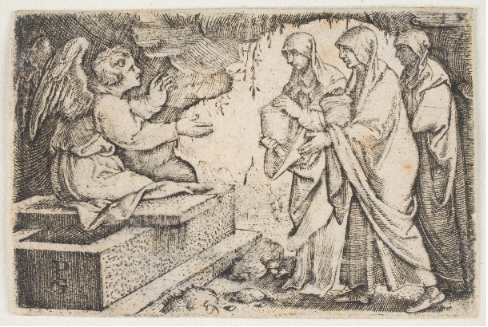
Georg Pencz, Three Marys at the Tomb, from the series “Life of Christ”, 16th century, 1534-1535, Engraving on cream paper, 4 x 6 cm, 1962.7.2.
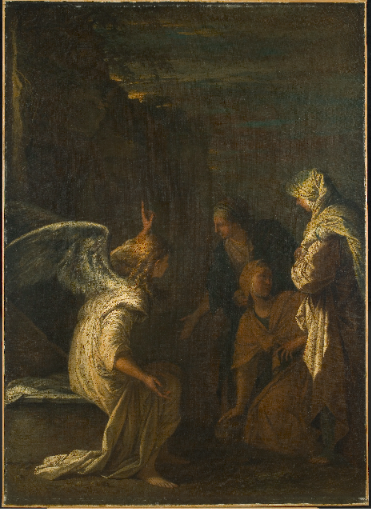
Salvator Rosa, Three Marys at the Sepulchre, Circa 1665, Oil on canvas, 134.6 x 96.5 m, 1959.42.
Also called the Myrrhbearers for the ointments that they carried, the “three Marys” refer to Mary Magdalene, Mary of Clopas, and Mary Salome, who went to the tomb to embalm the body of Christ (Mark 16:1). An angel announced to them that they would not be able to find the body of Christ, because he had been resurrected. In Georg Pencz's work, the three Marys are absolutely identical, each carrying an ointment jar. Salvator Rosa, on the other hand, has distinguished Mary Magdalene from the other two women. She lays her hand on her perfume pot, which is her most frequent attribute. Instead of listening to the angel, she looks back, as if to prepare herself for the appearance of Christ.
***
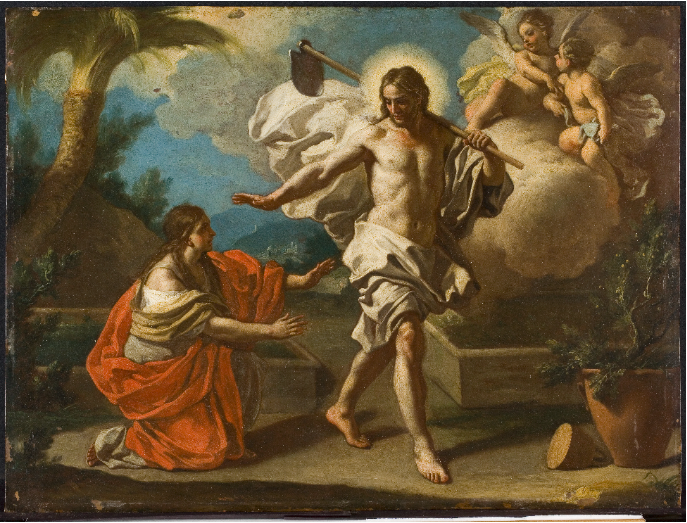
Francesco de Mura, called Franceschiello, 1696-1782, Noli me tangere, Ca. 1750, Oil on copper, 39.1 x 52.5 cm, 1956.12.
In the Gospel of John, Mary Magdalene is described as the first and only witness of the Resurrection on Easter morning. She went alone to the tomb, found it empty, warned Peter and John, and then remained there alone to cry. After this episode, Jesus made his appearance and asked her the reason for her crying. She did not recognize him and thought he was the gardener. He called her by her name – “Mary!” – and she thus realized that he had been resurrected. This oil painting on copper by Francesco de Mura, designed for a private chapel or domestic altar, shows traditional iconography of the Noli me Tangere, the Latin translation of Jesus’s words to Mary when she recognized him, originally written in Aramaic in John 20:17. Often translated into English as “Do Not Touch Me” or “Do Not Hold Me Back,” this phrase is highly ambiguous and is still the subject of many conflicting interpretations among theologians. Christ carries a hoe, the attribute of the gardener she mistook him to be. He extends his arm to stop the woman who recognized him and wants to touch him.
***
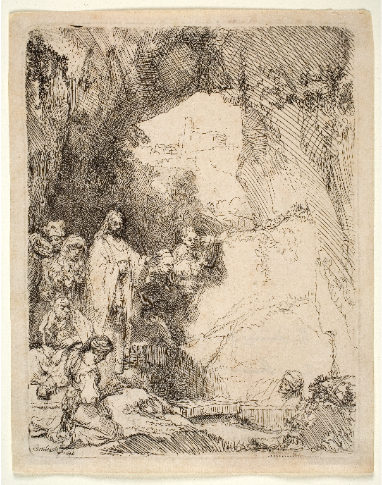
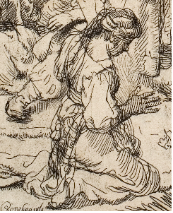
Rembrandt van Rijn (1606-1669), The Raising of Lazarus: the Small Plate, 1642, Etching, 15 x 11.4 cm, 2000.138.
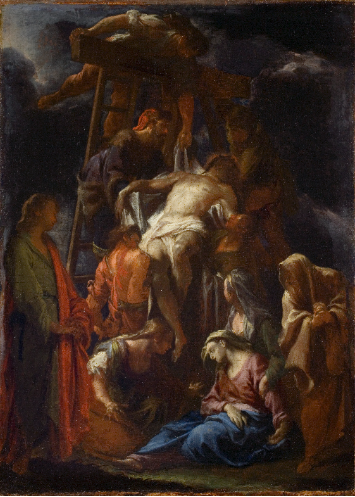
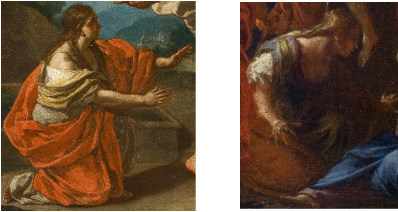
Francesco Trevisani (1656-1746), Deposition (The Descent From the Cross), Ca. 1698, Oil on canvas, 56.2 x 40.6 cm, 1956.45.
Artists have foreshadowed Mary Magdalene’s recognition of a resurrected Christ by portraying her in a formalized posture of surprise at Lazarus’s resurrection, Christ’s death, and other important moments. In this Rembrandt’s etching that depicts Lazarus being raised from the dead, Christ stands on the left, with one outstretched arm, calling Lazarus. Mary Magdalene kneels at his feet, looking shocked by Lazarus’s exit from his tomb, just as she will be unprepared for the resurrection of Christ.
In Francesco Trevisani’s oil painting on canvas, she is already making the gesture of the Noli me tangere scene, visually anticipating the resurrection after the crucifixion and the entombment and instilling hope in a scene of pain and grief.
***
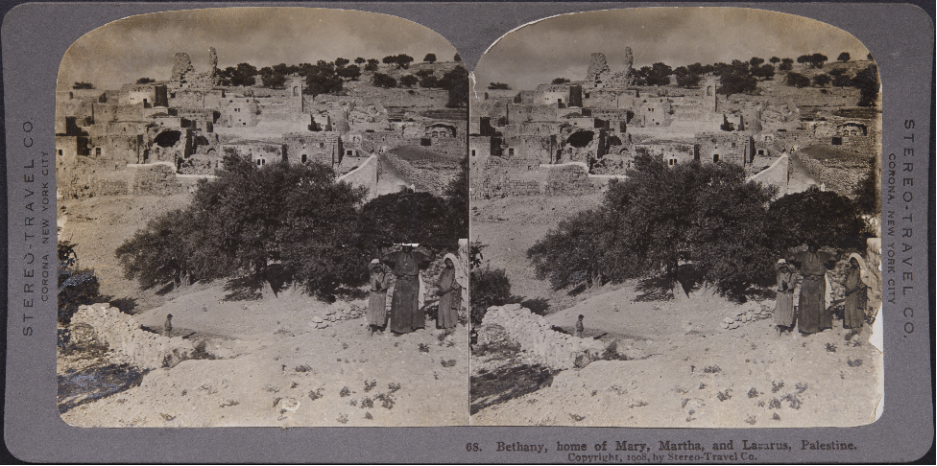
Stereo-Travel Co. (American: Corona, New York), 68. Bethany, home of Mary, Martha, and Lazarus, Palestine from the travel album “Palestine,” 1908, 100 stereo-graphic view in red cloth box, 8.9 cm x 17.8 cm, 2016.108.68.
In 1863, the French linguist and historian Ernest Renan published The Life of Jesus after a trip to Syria and Lebanon. In this essay, he confronted the gospels with historical and geographical reality. He wrote: “The striking concordance of texts and places, the wonderful harmony of the evangelical ideal with the landscape that was its setting, were for me a revelation.” Both a scandal and a great success, the publication initiated a scientific approach to Biblical texts and likely contributed to the later popularization of photographs of areas mentioned in the Bible. In 1908, the American company Stereo-Travel Co. published stereoscopic views of Palestine. By viewing these photographs using a stereoscope, the collector could have an immersive experience. These views addressed contemporary daily life, but also emphasized sites mentioned in the Bible. Claiming that a structure was the house of Mary, Martha, and Lazarus in Bethany offered a virtual pilgrimage. Indeed, this house was and still is part of pilgrimages to Jerusalem. In his text, Renan described Mary Magdalene as hallucinatory, driven mad by love. These suspicions discredited Mary Magdalene as a witness, questioning her words and her importance.